It’s cheering to see that the new head of Melbourne’s Arts Centre is Karen Quinlan. For years now, she has been one of those art gallery people who dazzle everyone who has dealings with her for the simple reason that she thinks laterally and realises that the same audience or a complementary one can be interested in things from the opposite end of the spectrum. In recent years she has been head of the National Portrait Gallery which is a pretty straightforward brief but she came to fame when she ran the Bendigo Art Gallery because she realised (what everyone knows but few people have the versatility to act on) that the same people who were interested in extraordinary Greek art in the British Museum might not only want to see Bill Henson’s haunted painterly photographic masterpieces but also be interested in Grace Kelly and her metamorphosis into Princess Grace of Monaco. After all, the different parts of our minds and sensibilities co-exist and Quinlan is precisely the sort of director to realise that a Cecil Beaton portrait of Andre Gide doesn’t have to be separate from an apprehension of that great master of taut French style (which he used in those still shocking stories of obsession and transgression such as The Immoralist and Strait is the Gate) simply because Beaton was, at some level, a society portraitist. Gide was also one of the biggest shows in town, not only with The Counterfeiters, longer than those lyrical novellas, but his ever-diverting multi-volume Journals. Never mind that he initially knocked back Proust’s Swann’s Way for Gallimard, a fact of which he lived to be thoroughly ashamed.
Is there any point in feeling shame at the humbler forms of entertainment we grovel in, to use the term beloved of that fine novelist Amy Witting of I for Isobel fame, the woman who helped turn James McAuley, poet and complex Catholic conservative, into the figure he became (though she was a long-lapsed Catholic and no conservative). Someone who was both, Pierre Ryckmans, the sinologist who blew the cover on communist China in Chinese Shadows and was a kind of heir to Gide’s style in his novella Death of Napoleon also wrote a kind of alphabetical guide to Gide in one of the Best Essay annuals published by Black Inc.
Still, I remember a friend and fellow critic talking about his enthusiasm for Game of Thrones some years ago to Charles Dance after a Melbourne fringe theatre event and that magisterial actor with his capacity to project upper-class fury of the most wrathful and dragonish kind exploding, ‘Trash? It’s not trash. It’s art! It’s the literature we have.’
It will be interesting to see whether the much-touted House of the Dragon, the prequel to Game of Thrones set 200 years earlier with Matt Smith – sometime Dr Who and the young Prince Phillip in earlier seasons of The Crown – will inspire the same loyalties, whether of the trash-loving or of the art-venerating kind.
One of the tests of those things is that only art works when you don’t happen to have a taste for whatever dungeon you were held captive in, whatever dragon is flaring its fire at you. In other words, if you don’t like fantasy, anything but the highest level will fail to work its magic.
On the other hand, if you pick up a literary novel with strong elements of suspense and capable of captivating a bestseller readership like Graham Greene’s The Heart of the Matter, preoccupied as it is with religious faith and self-destruction, you will have a fair chance of being hit with a sense of emotional truth that has all the power (and not a little of the glory) in the world. It’s worth remembering too that BBC Radio did a version of this pulsating novel about the dilemmas of Scobie which had Dance as the protagonist in a version that Audible should release because it is an aural palimpsest of the book and Dance’s performance is flawless in its magnificence and likely to outshine whatever the silent reader might summon up in the mind’s eye. There are also superb dramatisations of those enchanting Greene entertainments Travels with my Aunt and Our Man in Havana. Remember Alec Guinness in the old Carol Reed movie about the man who manages to perpetrate the image of a nuclear weapon out of a vacuum cleaner? There’s certainly a case to do a BBC Radio drama pack of Greeneland.
While we’re pondering the entertainment/art paradox it’s worth remembering that Melbourne Opera are doing a new production of Donizetti’s Lucrezia Borgia with Helena Dix in the title role directed by Gary Abrahams which starts on 28 August. It doesn’t quite occupy the same place in the operatic canon as Lucia di Lammermoor which the Met Live are broadcasting from the Metropolitan Opera in New York in a production by Australian director Simon Stone who first caused a splash in this country with the Hayloft production of Thyestes and then did a version of The Wild Duck with Ewen Leslie and Toby Schmitz in a glass box. That notable actor Bille Brown said he got all the realism in the world from the production but not that sense of the uncanny, of the trolls, which is part of Ibsen’s hallmark.
Will some people say the same thing about this rust-belt Lucia with Nadine Sierra in skinny jeans and snaffling down opioids to make an intolerable life within a hopeless heartbeat of being bearable? Sierra is very beautiful and her mad scene, dripping with blood as if she has been massacred, is riveting as well as wonderfully sung.
None of which is to deny that Stone’s Lucia is in the current European tradition of a very free associative reconfiguration around the story from Sir Walter Scott. What remains true – and may for some traditionalist opera lovers be a saving grace – is that the music remains glorious so that the staggering sextet in the second act is still wonderful.
Got something to add? Join the discussion and comment below.
Get 10 issues for just $10
Subscribe to The Spectator Australia today for the next 10 magazine issues, plus full online access, for just $10.
You might disagree with half of it, but you’ll enjoy reading all of it. Try your first month for free, then just $2 a week for the remainder of your first year.

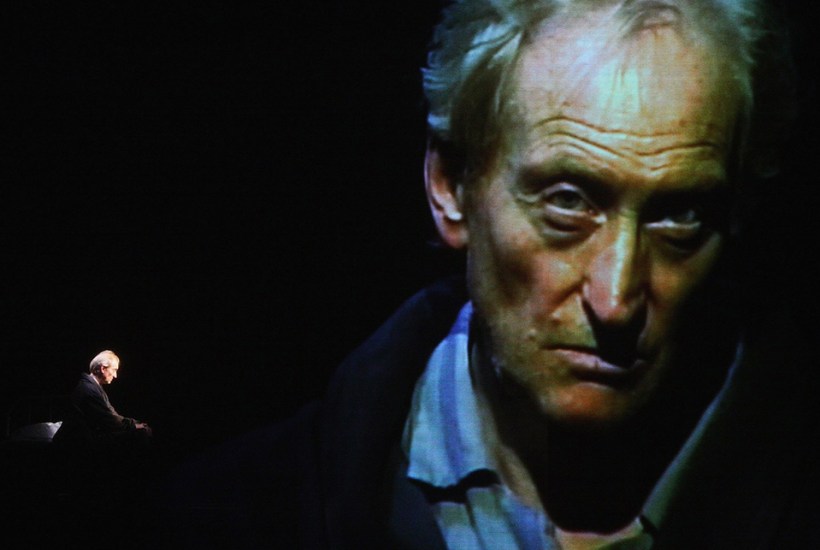
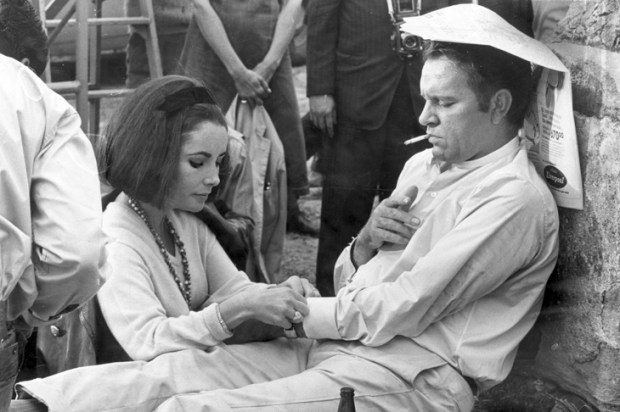
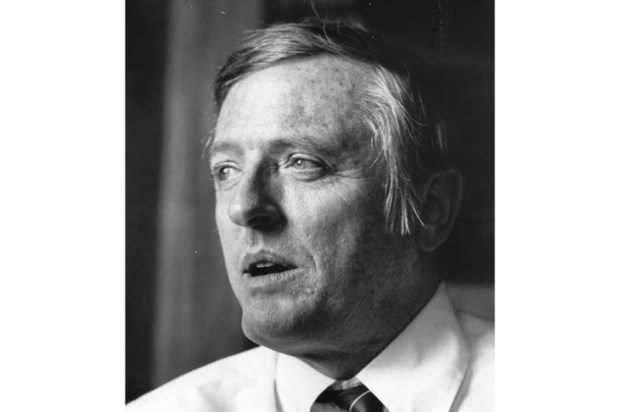
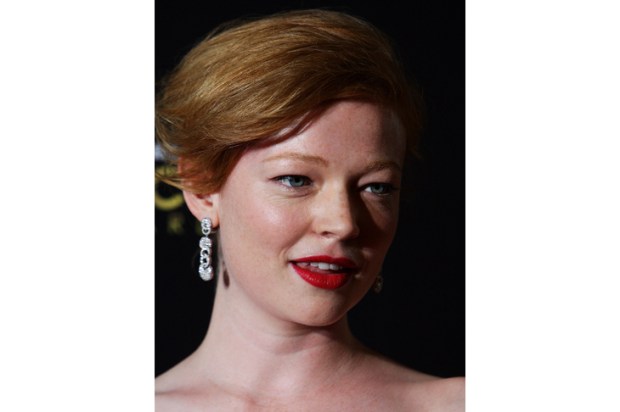
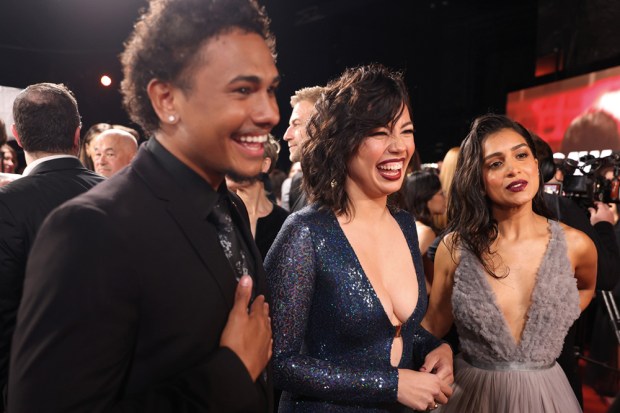
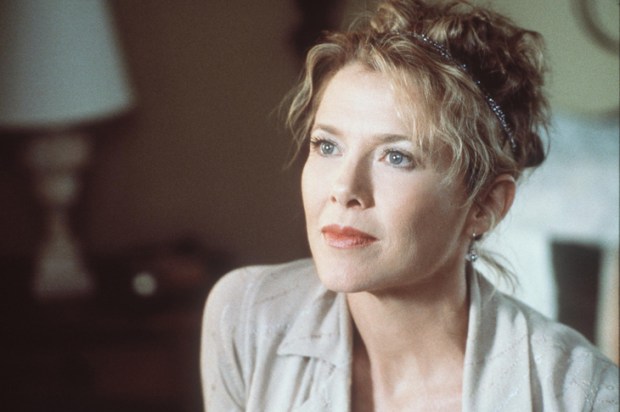
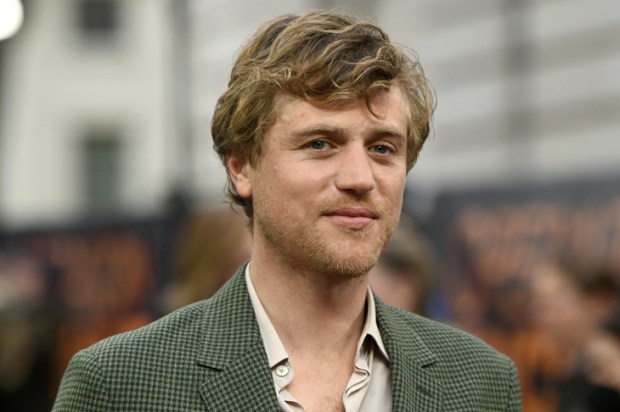






Comments
Don't miss out
Join the conversation with other Spectator Australia readers. Subscribe to leave a comment.
SUBSCRIBEAlready a subscriber? Log in